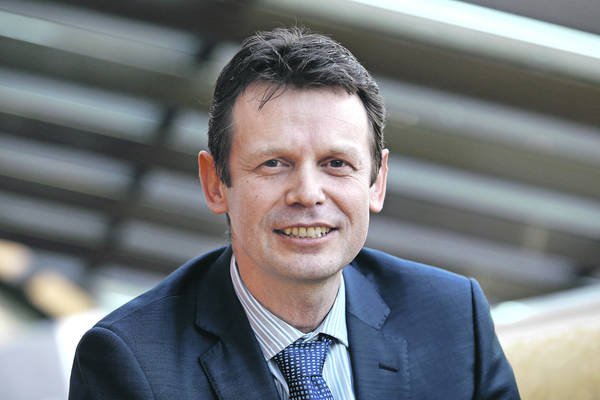Should Limb Reconstruction Patients Be Seen by Any Orthopaedic Surgeon to Obtain a Personal Injury Report?

Limb reconstructions services use techniques and methods well recognised in the orthopaedic surgery. Bone transport (or callus distraction or distraction osteogenesis) is the main working horse of orthopaedic limb reconstructions. Plastic surgeons are another important pillar without which the majority of limb reconstructions would be futile – mainly due to high infection rate due to soft tissue cover problems.
In my clinic two weeks ago I saw a young patient more than 2 years down the line since the accident who required significant bone transport for his femoral bone defect. Needles to say there were many problems, expected and unexpected. But we got it done. Now the leg is equal length, regenerate bone is growing and improving in strength and all fractures including docking site are in my opinion healed. As a part of his claim he saw his independent orthopaedic expert who told him that the fractures are not even united (despite the fact that he is walking around with relatively low level of symptoms), that he will need very likely an amputation and knee replacement. From a certain point of view those two procedures should exclude each other unless he referred to the broken tibia on the same leg, which was last time X-rayed a year ago showing in my opinion united fracture of the tibia.
At this point the patient (young man in his twenties with young family) was confused, if I describe his condition very loosely. In fact he was out of his mind as that was not something he expected, particularly not after me telling him for the last 2 years that everything is going according to the plan. He was certainly not sure any more who to believe as such strong statements from “expert witness” were supposed to be true. At least that what anyone would expect.

It took me more than half an hour to convince him that everything is still as I told him before and that the “expert witness” was probably trying to err on the safe side saying what are the actual possible outcomes (this is not what we see in day to day practice in limb reconstructions). But this is exactly what I would expect from an expert witness with experience in general orthopaedic trauma. Unfortunately there is significant difference in those two specialities and bringing conclusions from general orthopaedic trauma into limb reconstructions is not correct. In fact it cannot be further apart from the truth. Comments like that are not helpful even if they are used in the best interest, they are still affecting patients destroying the trust between treating limb reconstruction surgeon and patient. And this is very likely the worst thing to do. If there is no trust on both sides in these long term treatments you have nothing. If the claims are made just to increase the claimants chances for a successful claim this is in my opinion at least not professional.
Unfortunately this is not an isolated case from my practice. It feels that it is for instructing solicitors to decide who to instruct for what injuries.

Author: Matija Krkovic
Website: https://www.limbreconstructions.com/